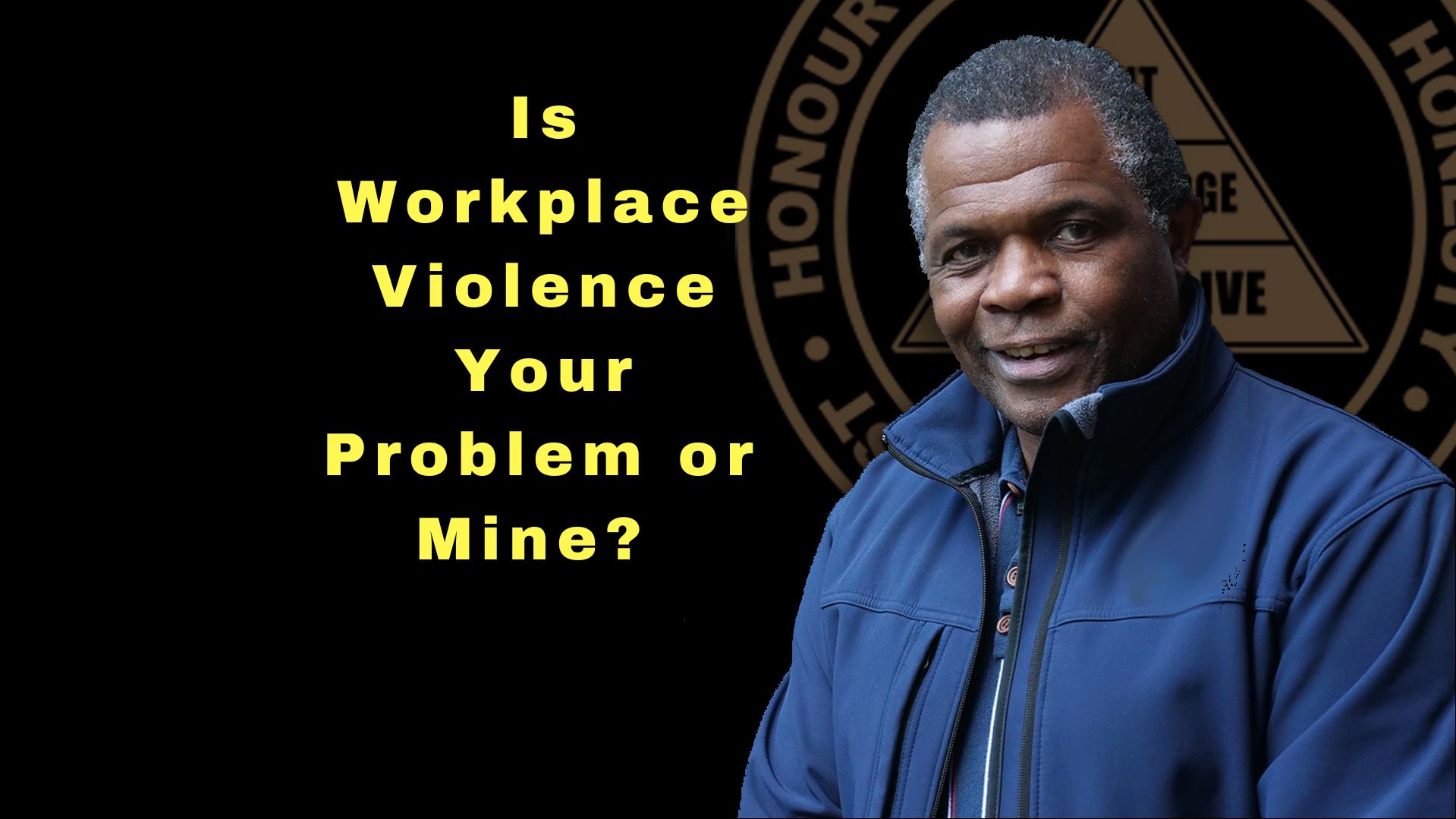In today’s modern landscape, the spectre of workplace violence looms larger than ever, casting a dark shadow not only within office walls but seeping into the fabric of our societal norms.
Violence in the workplace isn’t just a problem confined within the nine-to-five routine; it’s a pervasive issue that echoes across various spheres of our lives.
The Health and Safety Executive (HSE) statistics paint a stark picture, revealing the extent of this problem that spans industries and professions.
According to HSE data, incidents of violence at work have been steadily rising, with alarming numbers highlighting the severity of the issue.
In 2021 alone, over 800,000 workers in the UK reported experiencing violence, harassment, or bullying at their workplace, a figure that showcases the distressing prevalence of this concern.
If it is acknowledged that the number of unreported incidents of workers having been victims of violence and aggression in the workers is equal if not greater than the 800,00 above, then this truly is a problem the affects us all.
However, these statistics are just the tip of the iceberg.
The Reporting of Injuries, Diseases, and Dangerous Occurrences Regulations (RIDDOR) is a cornerstone in battling this phenomenon.
RIDDOR serves as a crucial instrument in curbing workplace violence by mandating the reporting of such incidents.
Yet, under-reporting remains a prevalent obstacle.
As previously mentioned above, many instances of workplace violence go undocumented due to various factors, including fear of repercussions, a culture of silence, or the perceived stigma of appearing weak or incapable, particularly among male workers entrenched in a ‘macho’ culture.
This under-reporting leads to a distortion in the data, creating an inaccurate portrayal of the true magnitude of workplace violence.
It impedes efforts to address the root causes and implement preventive measures.
The HSE’s definition of work-related violence encompasses a wide spectrum, including physical assaults, verbal abuse, and threats, highlighting the diverse forms these issues can take.
Employers bear a significant responsibility in ensuring a safe working environment for their staff.
Acknowledging this duty, they are expected to institute clear, comprehensive policies focused on staff safety and well-being.
A robust framework not only empowers employees to report incidents without fear but also cultivates a culture where safety takes precedence over notions of ‘toughness.’
Creating an environment where employees feel secure enough to report incidents, without the fear of judgment or reprisal, is fundamental.
Establishing a support system that encourages open communication and provides avenues for reporting without stigma fosters a culture of safety and vigilance.
A proactive approach is indispensable in combating workplace violence.
By nurturing an ethos that values safety, backed by stringent policies and proactive measures, employers can instigate a positive shift.
Empowering staff through education, support systems, and a commitment to address the root causes of violence can pave the way toward a safer, more secure workplace.
Tackling workplace violence demands a concerted effort from all stakeholders.
From implementing stringent reporting mechanisms to fostering a culture where safety isn’t compromised by misconceptions of strength or weakness, addressing this issue requires a unified front.
Only by acknowledging its prevalence, understanding its multifaceted nature, and collectively working toward preventive measures can we hope to stem the tide of workplace violence that seeps into the very fabric of our society.
A year ago we posted a blog (see link below) highlighting the fact that the total annual cost of poor mental health to employers had increased, then by 25% since 2019, costing UK employers up to £56 billion pounds a year – https://nfps.info/stress-costs-uk-employers-up-to-56-billion-pounds-a-year/
Why is this a problem for both you and I?
People not provided with the correct post incident welfare support, a family member, friends, colleagues, etc; will suffer stress, potentially leading to poor mental health and finally long-term sickness.
So, whose problem is the issue of escalating workplace violence across society?
For the record my view is that workplace violence is a complex issue that involves varying significant factors and stakeholders.
It is not solely the responsibility of any single person; rather, it’s a collective concern that involves employers, employees, policymakers, law enforcement, and society as a whole.
Contact us to learn more – https://nfps.info/contact-nfps/

